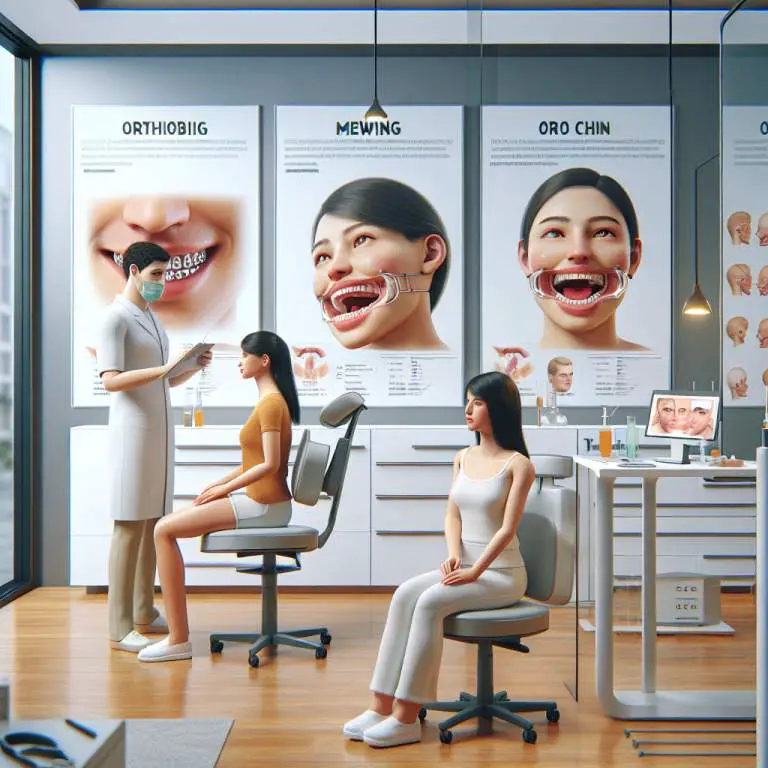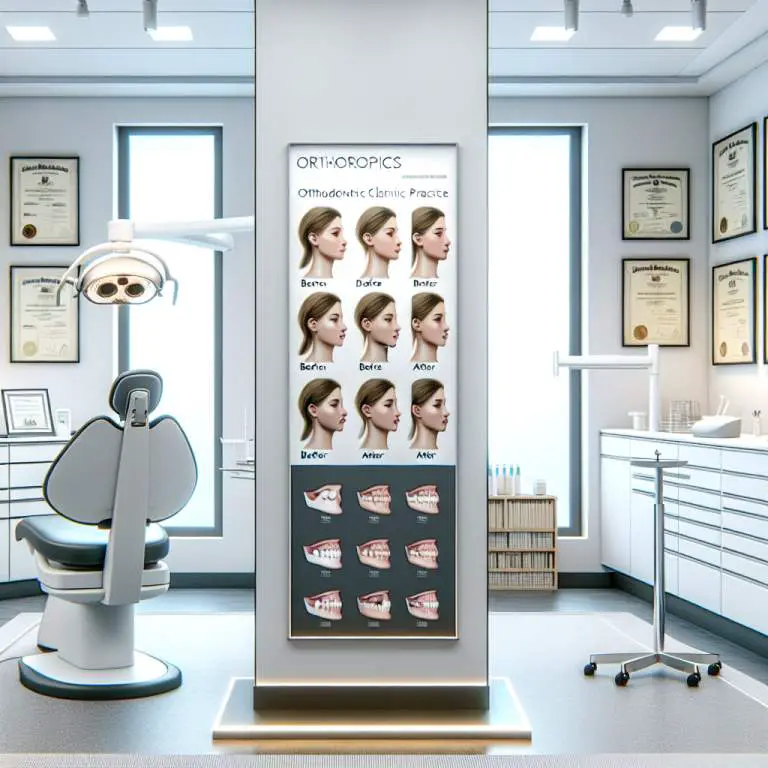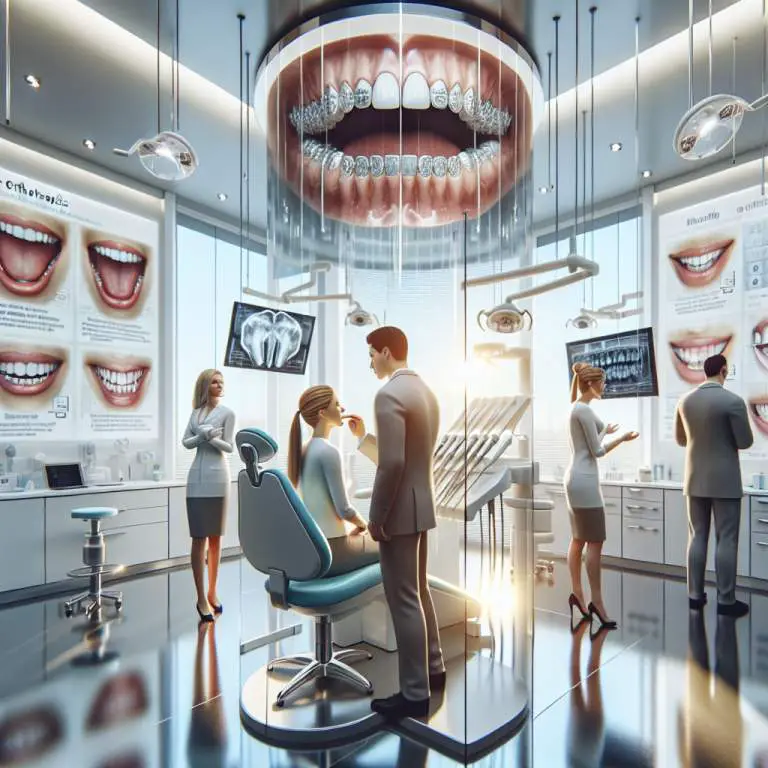What are the limitations of mewing in jawline enhancement?
Mewing has its limits in shaping the jawline. It can’t change bone structure in adults or fix severe jaw issues without surgery. Mewing mainly improves posture and muscle tone, which might slightly enhance the jawline’s appearance. However, it won’t provide dramatic changes or replace medical treatments for serious conditions.

How does mewing work to enhance the jawline?
Mewing is a technique that involves placing your tongue against the roof of your mouth. This position is supposed to help shape and define your jawline over time. The idea is that by keeping your tongue in this specific spot, you’re using muscles in a way that can make changes to how your jaw looks.
When you practice mewing, you’re also supposed to keep your lips together and teeth slightly touching. This posture encourages proper breathing through the nose, which can also contribute to the potential benefits for your jawline. It’s all about maintaining this position as much as possible throughout the day.
What are the realistic results one can expect from mewing?
The results from mewing can vary a lot from person to person. Some people might notice their jawline becoming more defined, while others may not see much change at all. It’s important to have realistic expectations because mewing isn’t a quick fix or a guaranteed way to change your appearance dramatically.
Over time, consistent practice of mewing could lead to subtle improvements in jawline definition and facial structure. However, these changes are often gradual and require patience and persistence with the technique. Remember, everyone’s body responds differently, so what works for one person might not work for another.
Can mewing correct a receding chin or misaligned jaw?
Mewing has been discussed as a potential way to address issues like a receding chin or misaligned jaw, but it’s important to approach these claims with caution. While some people believe that mewing can help by promoting better posture and muscle use in the face, there’s limited scientific evidence supporting its effectiveness for correcting significant dental or skeletal problems.
If someone has concerns about a receding chin or misaligned jaw, it’s usually best to consult with dental or medical professionals. They can offer advice on effective treatments based on individual needs. Mewing might be seen as a supplementary practice but shouldn’t replace professional advice or treatment options.
How long does it take to see results from mewing?
Seeing results from mewing doesn’t happen overnight. For those who do notice changes, it often takes several months or even longer of consistent practice. Since mewing involves subtle shifts in muscle use and posture, any potential effects on the jawline develop gradually over time.
The key to seeing any possible benefits from mewing is consistency and patience. Keeping up with the practice daily and integrating it into your routine increases the chances of noticing changes. However, it’s crucial to manage expectations since outcomes can vary widely among individuals.
| What Mewing Can Do | What Mewing Cannot Do |
|---|---|
| Potentially improve jawline definition over time | Drastically change bone structure in adults |
| Encourage better posture of the tongue and mouth | Replace orthodontic treatments for misaligned teeth |
| Possibly enhance breathing through proper tongue posture | Guarantee significant facial changes for everyone |
| May aid in reducing symptoms of sleep apnea and snoring with consistent practice | Eradicate genetic predispositions affecting jawline and facial structure |
| Might lead to a more symmetrical facial appearance with long-term dedication | Solve issues related to temporomandibular joint disorder (TMD) without professional guidance |
| Can contribute to overall oral health by promoting nasal breathing over mouth breathing | Achieve immediate or short-term results; changes, if any, require months or years of consistent practice |
Are there any risks or potential side effects of mewing?
Mewing, when done correctly, is generally safe. However, if not practiced properly, it can lead to some issues. For instance, applying too much pressure with the tongue against the roof of the mouth might cause discomfort or pain.
Another potential side effect is developing an incorrect swallowing pattern. This happens when individuals try too hard to keep their tongue in a specific position. It’s important to follow mewing techniques accurately to avoid these problems.
How does age impact the effectiveness of mewing for jawline enhancement?
The age factor plays a significant role in the effectiveness of mewing. Younger individuals, especially those still growing, may see more noticeable results from mewing. This is because their bones are still developing and can be more easily influenced by such practices.
On the other hand, adults may find it takes longer to see changes, if any at all. While mewing can still promote better posture and potentially aid in jawline definition, the results are often less dramatic than in younger users due to less bone plasticity.
What alternative methods exist for enhancing the jawline?
Besides mewing, there are several other ways to enhance the jawline. One popular method is facial exercises designed to strengthen the muscles around the jaw and neck area. These exercises can help define the jawline over time.
For those looking for quicker or more noticeable results, cosmetic procedures like fillers or surgery might be considered. Fillers can add volume and shape to the jawline area, while surgical options might include implants or reshaping bones for a more defined look.
Final Thoughts
Mewing offers a natural way to potentially enhance one’s jawline through proper tongue posture and has gained popularity online. While it may be effective for some, especially younger individuals, it’s important to have realistic expectations about the results.
If considering mewing or any alternative method for enhancing your jawline, researching and possibly consulting with professionals is crucial. Remember that everyone’s body responds differently to various practices and procedures.







